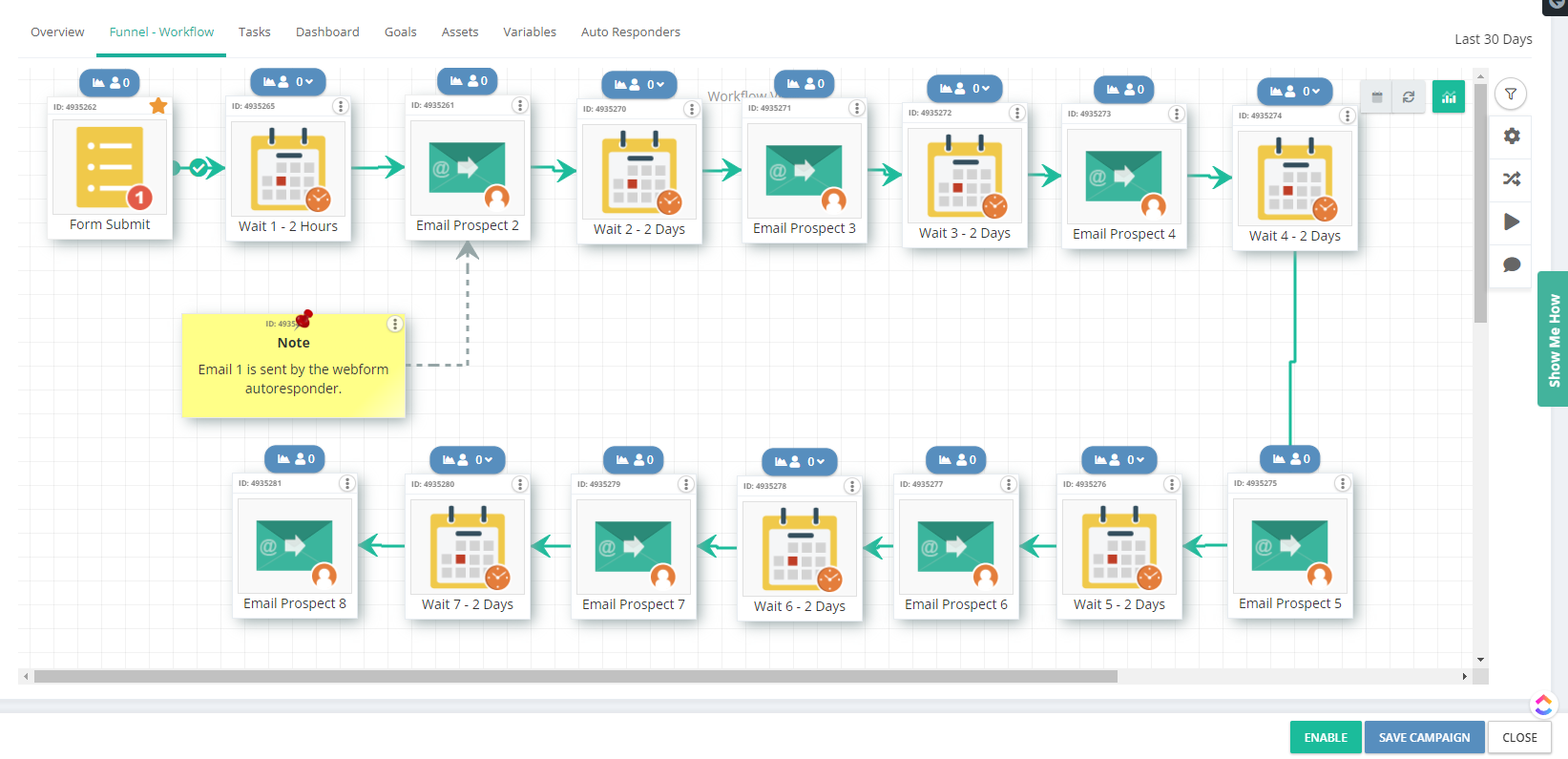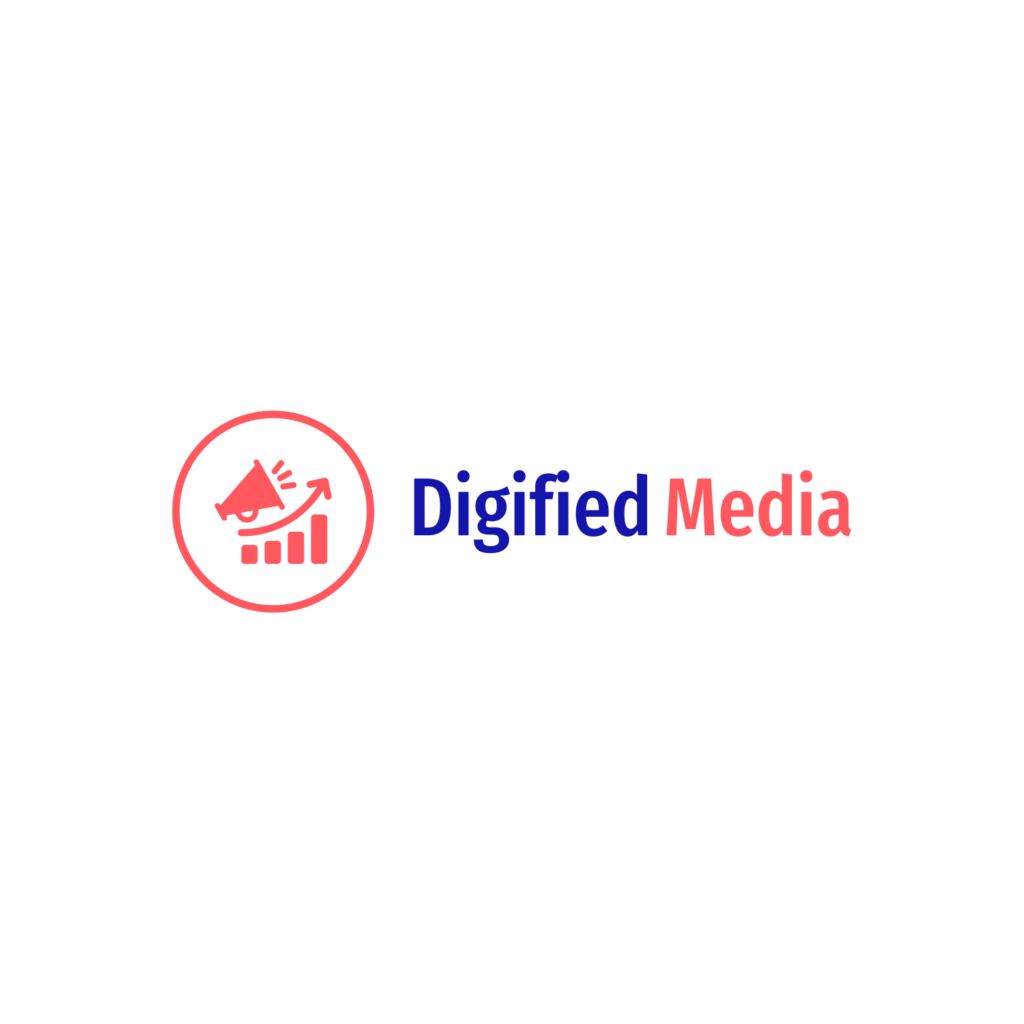

Organic Traffic: Website visitors who arrive at a website through unpaid search engine results.
SERP (Search Engine Results Page): The page displayed by search engines in response to a user’s query, typically consisting of organic and paid search results.
Anchor Text: The clickable text in a hyperlink, often used to provide context or describe the content of the linked page.
Canonical URL: The preferred version of a webpage that search engines should index and display in search results, used to avoid duplicate content issues.
Schema Markup: Structured data added to webpages to help search engines understand the content and display rich snippets in search results.
Impressions: The number of times an ad is displayed to users on a webpage or search results page.
Quality Score: A metric used by ad platforms to evaluate the relevance and quality of ads and landing pages, affecting ad position and cost-per-click.
Ad Extension: Additional information or links displayed with an ad, such as phone number, location, or site links, to provide more context and encourage clicks.
Negative Keywords: Keywords specified by advertisers to prevent their ads from appearing in search results for irrelevant or undesirable queries.
Ad Group: A collection of ads that share the same targeting criteria and budget within a PPC campaign.
Evergreen Content: Content that remains relevant and valuable to readers over an extended period, regardless of current trends or news.
Content Calendar: A schedule outlining the topics, formats, and publishing dates for planned content, helping to ensure consistency and organization in content production.
User-Generated Content (UGC): Content created and shared by users, such as reviews, testimonials, and social media posts, that can be leveraged by brands to build credibility and engagement.
Thought Leadership: Establishing oneself or a brand as an authority and expert in a particular industry or niche through insightful and informative content.
Content Syndication: Distributing and republishing content on third-party platforms or websites to reach a wider audience and drive traffic back to the original source.
Autoresponder: An automated email series triggered by predefined actions or events, such as signing up for a newsletter or making a purchase, to deliver targeted and timely messages to subscribers.
List Segmentation: Dividing an email list into smaller, targeted groups based on specific criteria, such as demographics, behavior, or purchase history, to deliver more relevant and personalized content.
A/B Testing: Comparing two or more versions of an email or campaign to determine which performs better in terms of open rates, click-through rates, and conversions, allowing for data-driven optimization.
Email Deliverability: The ability of an email to successfully reach recipients’ inboxes, influenced by factors such as sender reputation, content quality, and spam filters.
Email Automation: The use of automated workflows and triggers to send targeted and personalized emails to subscribers based on their actions, behaviors, or lifecycle stage.
Engagement Rate: The percentage of users who interact with social media content, including likes, comments, shares, and clicks, relative to the total number of impressions or followers.
Social Listening: Monitoring and analyzing conversations and mentions on social media platforms to gain insights into audience sentiment, trends, and brand mentions.
Influencer Marketing: Collaborating with individuals or entities with a large and engaged following on social media to promote products or services and reach a broader audience.
Viral Content: Content that spreads rapidly and widely across social media platforms due to its compelling, shareable, or emotional nature, often resulting in increased visibility and brand awareness.
Community Management: Engaging and interacting with an online community or audience on social media platforms to build relationships, foster engagement, and provide customer support.
CMS (Content Management System): A software platform that allows users to create, manage, and publish digital content on the web without requiring technical expertise, examples include WordPress, Drupal, and Joomla.
Responsive Design: A design approach that ensures webpages adapt and display properly across various devices and screen sizes, providing a seamless and consistent user experience.
SSL Certificate: A digital certificate that encrypts data transmitted between a web browser and a website’s server, ensuring secure and encrypted connections, often indicated by the “https” protocol and padlock icon.
UX (User Experience) Design: The process of designing digital interfaces and interactions to optimize usability, accessibility, and satisfaction for users, enhancing overall engagement and conversion rates.
HTML (Hypertext Markup Language): The standard markup language used to create and structure webpages, defining the structure and layout of content elements within a webpage.


